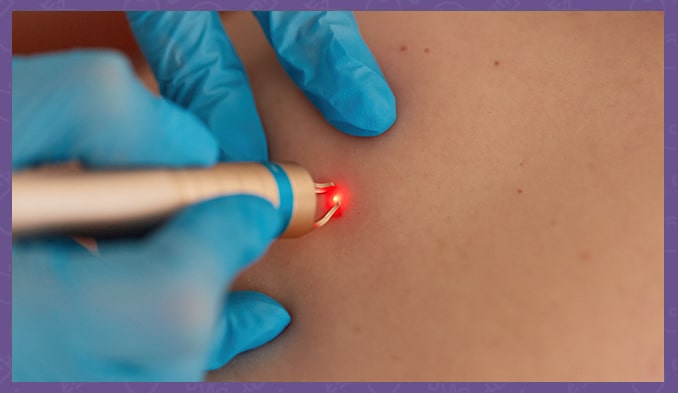Laser Interstitial Thermal Therapy (LiTT) is a new minimally invasive approach for the treatment of brain tumors. It is a new surgical technique that aims to minimally invasively destroy pathological soft tissue in central nervous system neoplasms ranging from brain tumors to epilepsy treatment. This method of treatment uses a laser catheter that is implanted into the growth and heated to a high temperature to kill the tumor. It is suitable for so-called focal seizures (seizures that affect only a limited area of the brain). It is also suitable in the treatment of primary and metastatic brain tumours, which are very difficult to reach with convection surgery.
Compared to those who undergo open surgery, patients who use laser interstitial thermal therapy (LiTT) have:
- less pain after surgery;
- shorter postoperative period;
- minimise the risks of cognitive problems;
Which patients are suitable for LiTT treatment?
Once the medical record is reviewed - EEG and MRI results by a team of an epileptologist and neurosurgeon, then it can be determined which patient is appropriate for treatment.
The tumors that can be treated are: gliomas and brain metastases. The method is most effective for masses smaller than 3 centimetres in diameter, which are spherical in shape and well circumscribed.
The lesions that are not suitable for treatment with this method are: hypervascular, diffuse and large-sized lesions.
What are the advantages of LiTT?
Compared to open surgery, patients who use laser interstitial thermal therapy (LiTT) have:
- less pain after surgery;
- shorter postoperative period;
- minimise the risks of cognitive problems;
How is the procedure performed?
The surgery is performed under general anesthesia. A small incision is made - about 2 millimetres, at the back of the head. The laser is directed through the catheter to the tumour or epileptic focus, under real-time MRI control. The temperature of the mass is also monitored in this way - using nuclear magnetic thermometry. This enables the neurosurgeon to limit the influence of the heat to the problem area only. At the end of the procedure, the catheter is removed and the incision is sutured. The duration is about 3-4 hours, most of which is for proper positioning of the patient and the laser catheter, and the duration of the heat treatment is about 10 minutes.
After the operation
After surgery, the patient remained in the hospital for two days. After one to two weeks he can return to a normal lifestyle.



